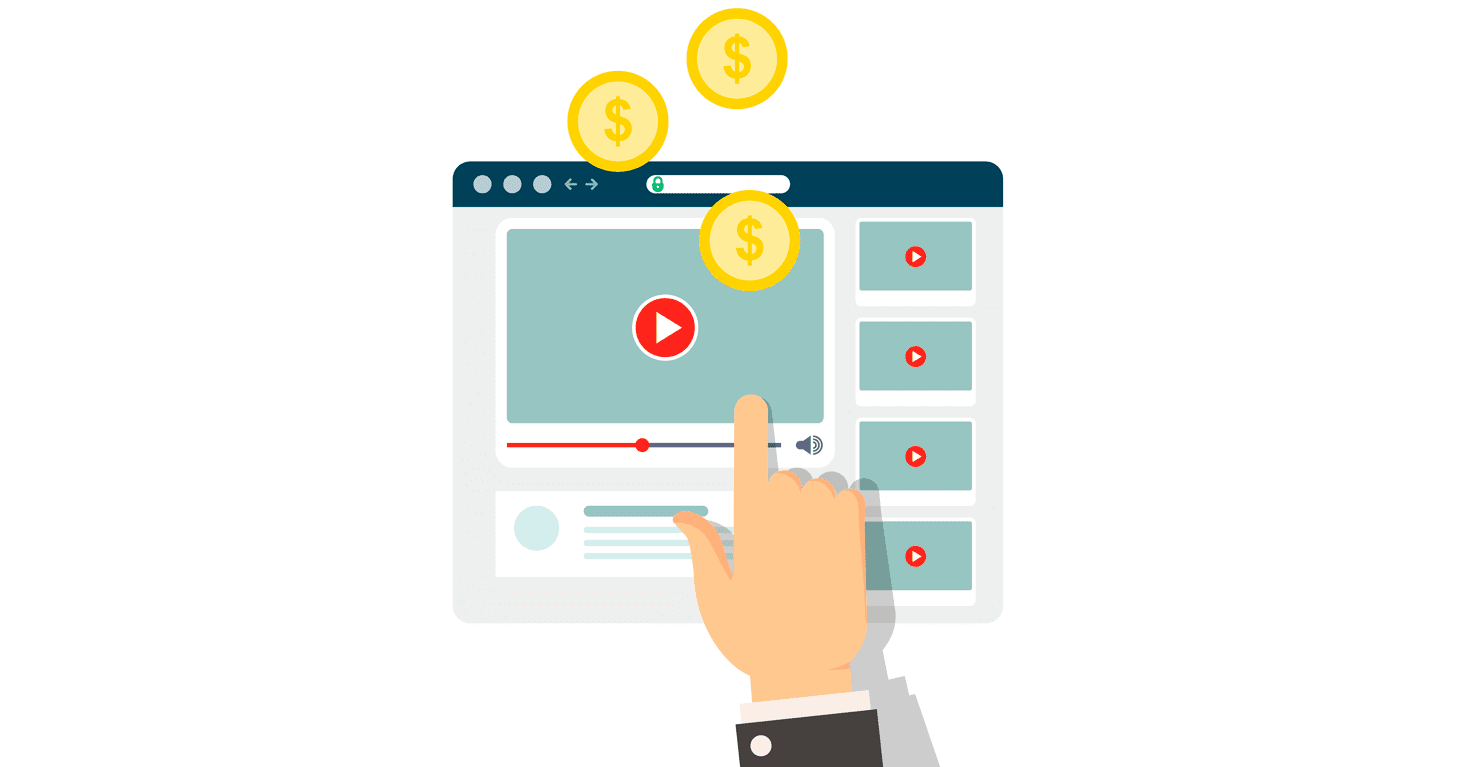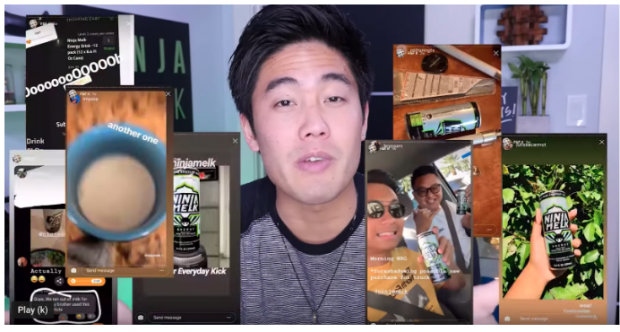Okay, advert revenue is the most obvious method to get paid on YouTube. However, it isn’t the only method—or, to be honest, the best way.
(Spoiler: the best way to get paid on YouTube is all of the methods.)
YouTube is half the internet: that’s 1.9 billion users logging in every month. However, at the same time, 500 hours of video are published to the site every minute.
So you already know this post isn’t going to be about how simple it’s to purchase a Swiss watch with the advert revenue from your YouTube views. (Although when you have millions of views, you can probably at least rent one. Wait, don’t.)
And now for some step-by-step instructions for earning money on YouTube.
How to get paid on YouTube
Become a YouTube Partner
The YouTube Partner Program is how regular YouTubers get access to particular features on the platform.
You should not be a partner to get paid on YouTube (just setting up an AdSense account and getting views is enough to manage that), however, being a Partner makes it a lot simpler.
YouTube Partners have access to multiple income streams: not just adverts, however, YouTube Premium subscription fees, and features that tap your followers’ wallets directly like Super Chat, channel memberships and the merchandise shelf (more on these later.)
Step 1. Begin a channel
Do not worry, we have a helpful guide for this. It’s known as ‘How to create a YouTube channel.’
Step 2. Make your channel successful sufficient that it meets the YouTube Partner Program requirements
To join the program, you need a minimum of 1,000 subscribers and 4,000 watch hours in the previous 12 months.
Here are some ideas for how to get more of those precious YouTube views.
Step 3. Set up an AdSense account
That is easy. Just follow YouTube’s official guide to AdSense accounts.
Step 4. Explore your new monetization features
Each monetization channel has different eligibility requirements. For example:
- Advert revenue: to earn advert revenue, you have to be at least 18 years old, and you must make content that is advertiser-friendly. Basically, the less controversial your videos, the more YouTube advertisers shall be comfortable running adverts on them, and the more money you make.
- YouTube Premium revenue: if a YouTube Premium member watches your video, you get a portion of their subscription fee. (This one is automatic, which is good.)
- Channel memberships: in order to sell channel memberships to your subscribers (i.e., your followers opt in to pay you an extra amount), you should be at least 18 and have more than 30,000 subscribers.
- Merchandise shelf: in order to sell merch from YouTube’s merchandise shelf, you should be not less than 18 years previous, and have at least 10,000 subscribers.
- Super Chat payments: if you would like your followers to have the ability to pay to have their messages highlighted in your live chats during your live streams, you have to be at least 18 (and live in a country where the function is offered).
Step 5. Submit to ongoing reviews
As a YouTube Partner, your channel shall be held to a higher standard, according to YouTube. You must follow not just the YouTube Partner Program policies, however, the Community Guidelines. Not to mention staying on the right side of copyright law.
Sell your own merchandise
Perhaps you establish as a content material creator first and entrepreneur second. (Simply do not forget that even Drake sells t-shirts.)
Alternately, you are an entrepreneur first and video creator second, meaning you probably already have a product, and you are designing your YouTube marketing strategy to sell it.
Either method, merchandise is a viable method to earn money from YouTube.
Step 1. Imagine and design your product
Merchandise for your channel is meant to both represent and feed your viewers’ connection with you. Meaning your merch needs to be unique.
Hawaiian YouTube star Ryan Higa launched his milk-based energy drink Ninja Melk to leverage the popularity of his viral comedy, Ninja Melk. While he also sells t-shirts and other merch from his online shop, Ninja Melk’s appeal is broad enough it has its own website.
Pro tip: You may have extra concepts for merch than you could possibly stock. So begin by dipping your toes in the water with one or two items. However, ensure you engage your audience in the decision-making process. Poll them as to what they want. Or build buzz by offering one-off products related to huge subscriber-count milestones.
Step 2. Source and/or build your product
In most cases, you will need a manufacturer, supplier or wholesaler to make and deliver your product. Some suppliers will deliver it to you, and some will spare you the headaches of inventory, shipping, and returns by handling it themselves.
In case you are unsure where to begin, take a look at Shopify’s how-to on the topic of finding a brick-and-mortar company to make your dream a reality.
Step 3. Create your shop and landing page
You will need a separate web site to handle purchases. If you want to link it directly from your videos (and you do), refer to YouTube’s list of approved merchandise sites.
Step 4. Enable your YouTube Partner merchandise shelf
YouTube Partners could also use the shelf function to sell its channel’s merchandise. When you are eligible, follow YouTube’s instructions to enable it.
Step 5. Promote your product in your videos
That is where your charm comes in. Wear or use your merch in your videos. Feature viewers who’ve purchased and are utilizing it. (If we were on another platform, we may call this ‘user-generated content,’ or possibly ‘solid gold’).
And keep in mind that to add your store’s link to your video descriptions, and include end screens and cards with compelling calls to action.


